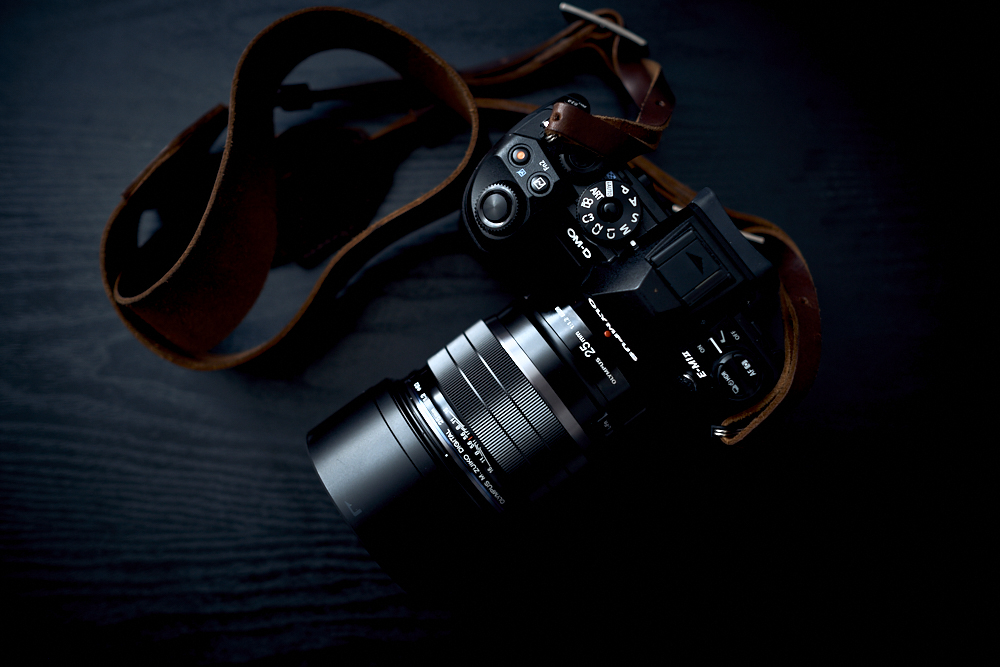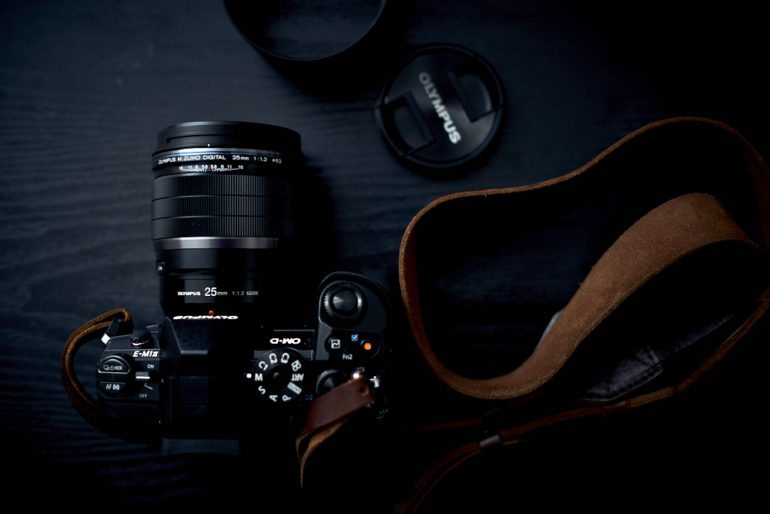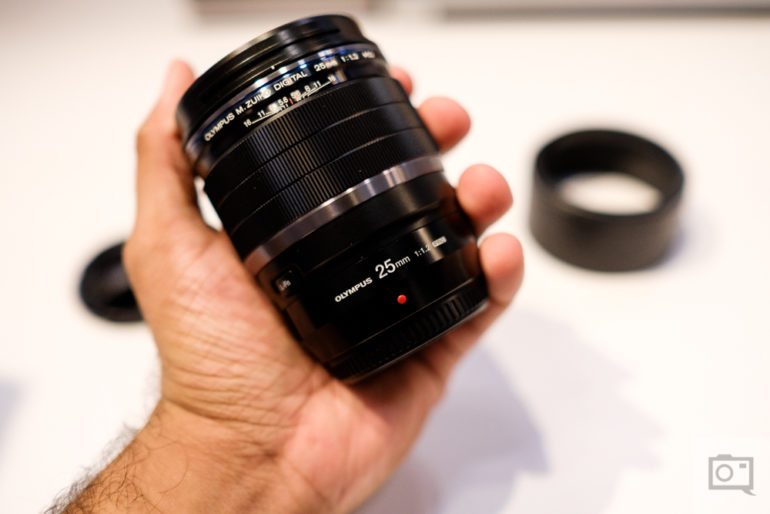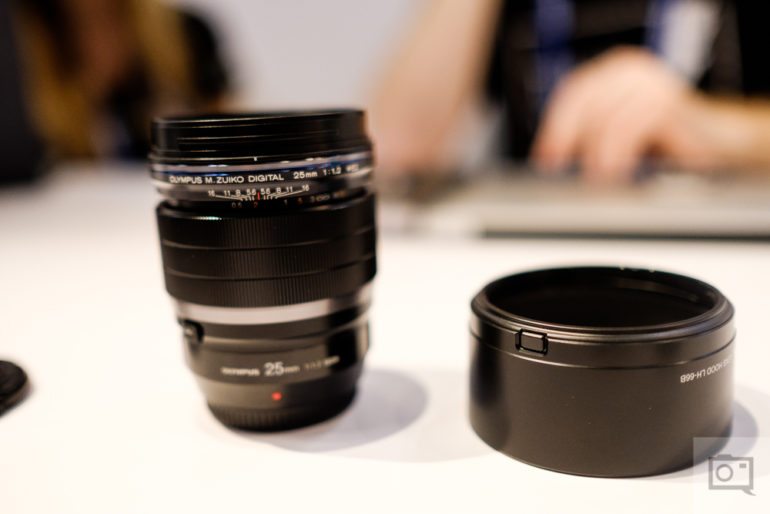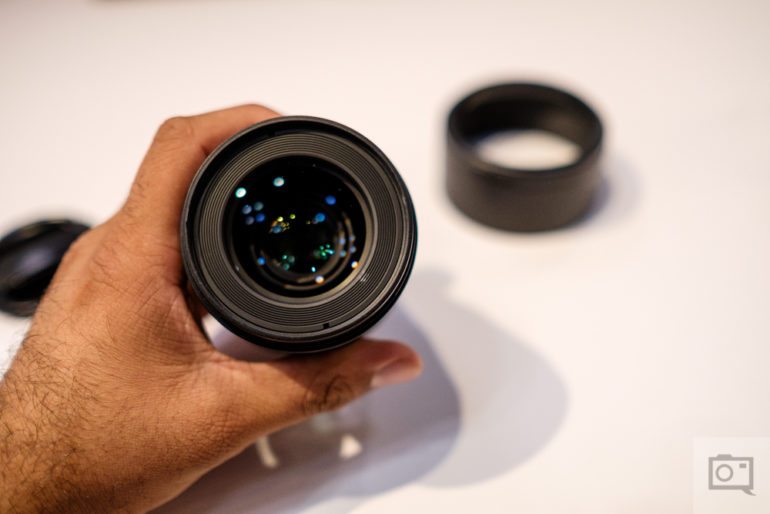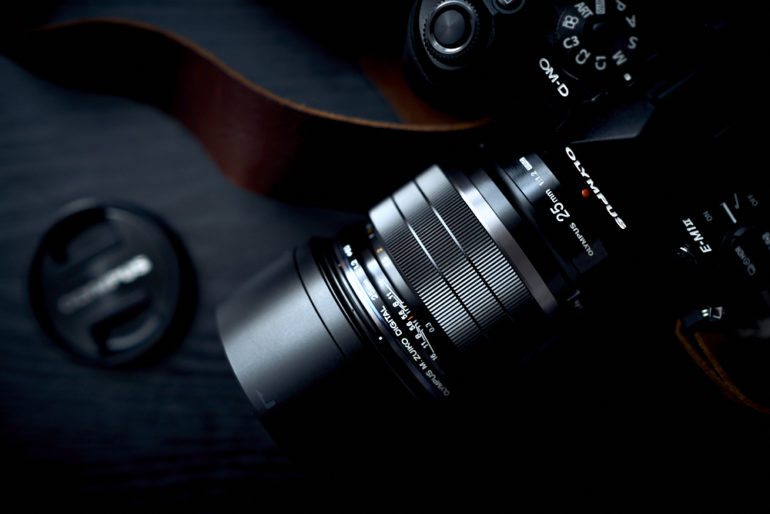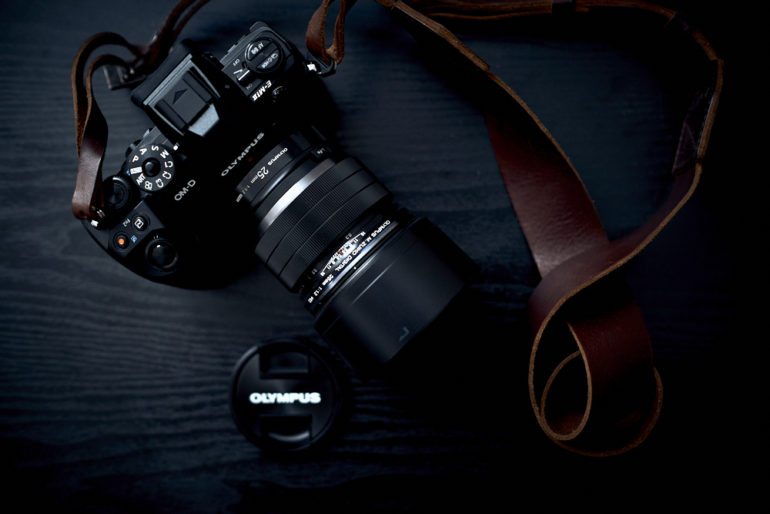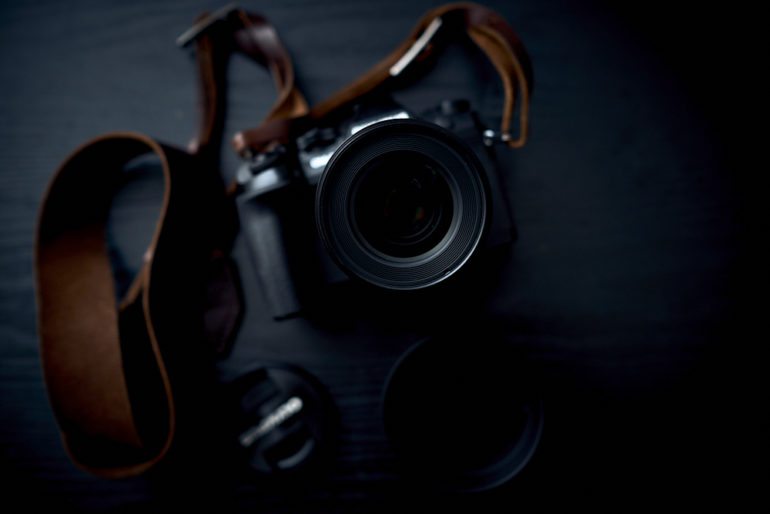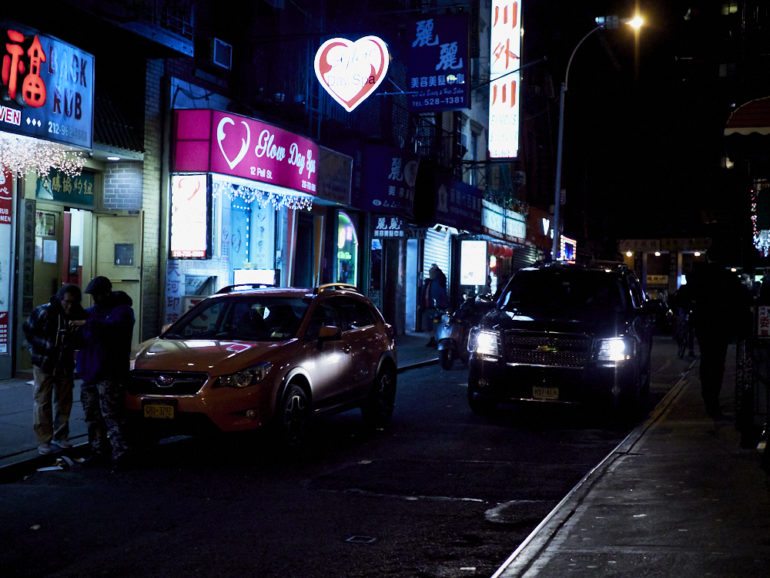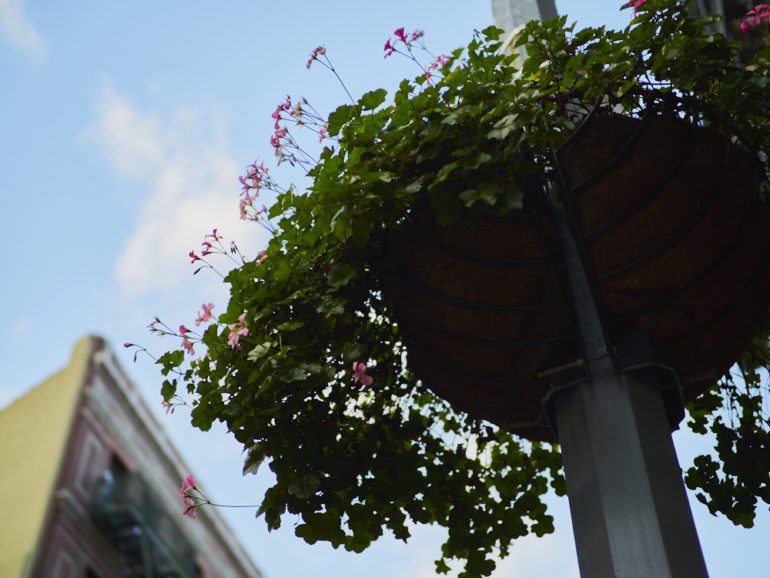Last Updated on 12/12/2016 by Chris Gampat
It was rumored for a very long time, and the Olympus 25mm f1.2 PRO was finally announced around Photokina this year. This was a very long awaited lens for the Micro Four Thirds system, and it desperately needed to be here a while ago. Better late than never, right? The Olympus 25mm f1.2 PRO is weather sealed, fast to focus, and was apparently over-engineered. One of the reps from Olympus told me more about the lens and how the standard it was being judged against was the Zeiss 50mm f1.4 Otus when it came to the design. So if you consider this, then the Olympus 25mm f1.2 PRO really must be a fantastic lens, right?
It surely is.
Pros and Cons

Pros
- Beautiful bokeh
- Almost never need to stop the lens down.
- Incredibly fast focusing abilities
- Weather sealing
- Manual focus operation is very smooth
- Pretty compact, though something a tad smaller would be nice.
Cons
- Kind of pricey, but I understand why.
Gear Used
We tested the Olympus 25mm f1.2 PRO with the Olympus OMD EM1 Mk II, OMD EM5 original, Neewer graduated ND filters, and the Adorama Flashpoint Zoom Li-on flashes.
Tech Specs
Specs taken from the Olympus page listing.
-
Focal Length25mm
-
35mm Equivalent Focal Length50mm
-
Lens Construction19 Elements in 14 Groups (1 SED lens, 2 ED lenses, 1 E-HR lenses, 3 HR lenses,1 aspherical lens)
-
Dust & Drip ProofYes
-
Closest Focusing Distance0.3m
-
Maximum Aperturef1.2
-
Minimum Aperturef16
Ergonomics
Taken from our first impressions post.
The Olympus 25mm f1.2 is a lens that, when you look at it, is very much in line with much of what Olympus has been doing for years now. Being a prime lens, there aren’t a whole lot of controls. The lens is mostly dominated by the focusing ring.
Like the other PRO lenses out there, this lens has a focusing ring that can be pulled back to activate the manual focus mode. In that mode, an effective depth of field scale appears.
The front element is sort of buried though, and pretty large for a four thirds lens.
Build Quality
Landscape, street, and outdoor photographers are going to love this lens. During our tests, we took the lens out into the rain here in NYC. When coupled with the OMD series of cameras, the lens totally withstood any sort of harassment that Mother Nature decided to dump on it. That means if you’re out camping for a while and the weather takes a turn for the worse, this lens will be able to handle it with ease.
Of course, portrait photographers and other types will also be attracted to it. Street photographers that use the zone focusing system will enjoy the fact that you can go from manual to autofocus with the snap of the focusing ring. Plus it just feels really great in the hands.
Ease of Use
Most photographers will completely get it: you slap it onto the camera, autofocus, shoot. It’s that simple. Of course, I recommend that every photographer sit there and also checks the focusing ring to ensure that it isn’t snapped back into manual focus mode. Otherwise, you’ll enjoy the lens thoroughly during its use.
Generally speaking, I also really hate the 50mm field of view that this lens renders, but this lens sort of also makes it enjoyable.
Autofocus
With the OMD EM1 MK II, the lens focuses incredibly fast. It was designed so that only a single focusing element needed to be moved to achieve focusing. When you attach it to the older OMD EM5, it still isn’t a real slouch.
For street photography, I always recommend to ensure you have a focusing point locked in and selected beforehand. But even so, it will surely miss at times. If Olympus developed a 17mm f1.2 lens, that would be perfect for street photography.
Image Quality
Olympus has always been known for the quality of their lenses, and the Zuiko quality is every bit present in this lens’ design and image quality. One of the best things about this lens is getting the light gathering abilities of f1.2 while having the depth of field of f2.4–which is fantastic for portraits, and more than good enough in most cases. This lens is sharp, has great bokeh, shows manageable chromatic aberration, and will just astound you.
Bokeh
When I tell folks there is no reason to stop down Olympus lenses, I am never kidding. Not only is it for depth of field reasons linked to diffraction, but the lenses also just have this beautiful look to them when shot wide open. The Olympus 25mm f1.2 is no exception. It’s without a doubt the best 25mm lens on the market right now for Micro Four Thirds.
Portrait photographers are going to love it for this reason.
Chromatic Aberration
If you’re really, really, really trying to pixel peep, then you’re going to find purple fringing. But for the most part you won’t find any major issues. Capture One has the lens profile built in and corrects for a bit of distortion around the corners, but it has never been enough to truly bother me.
Color Rendition
The colors from this lens are pretty solid overall, but something makes me feel like I’ve seen better colors. Don’t get me wrong, they’re very nice here, but I prefer the look of the Voigtlander 17mm f0.95 lens and nothing can beat that in my opinion. However, this lens does skin tones very well, food very well, and images with a flash excellently.
Sharpness
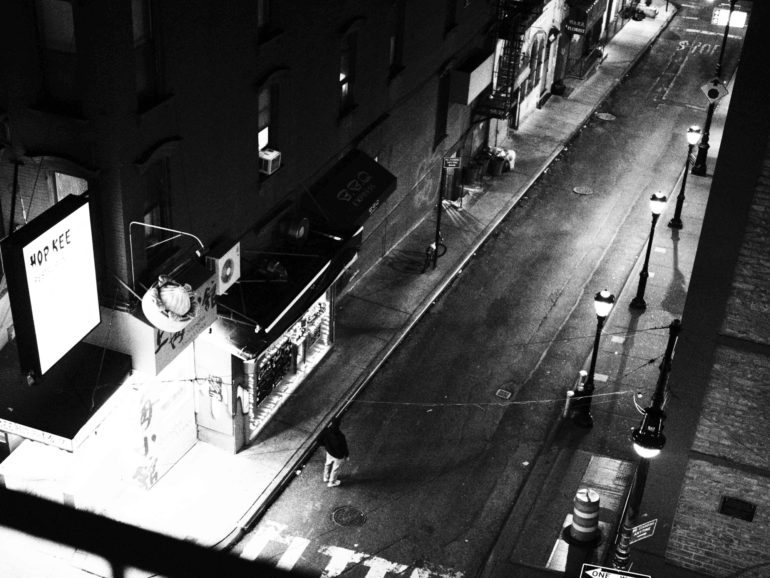
Depending on the work that you’re doing though, you could be robbing yourself of all the engineering that Olympus put into the lens when you don’t use a flash.
As with all Micro Four Thirds lenses, there’s no good reason to stop down past f5.6 either.
Extra Image Samples

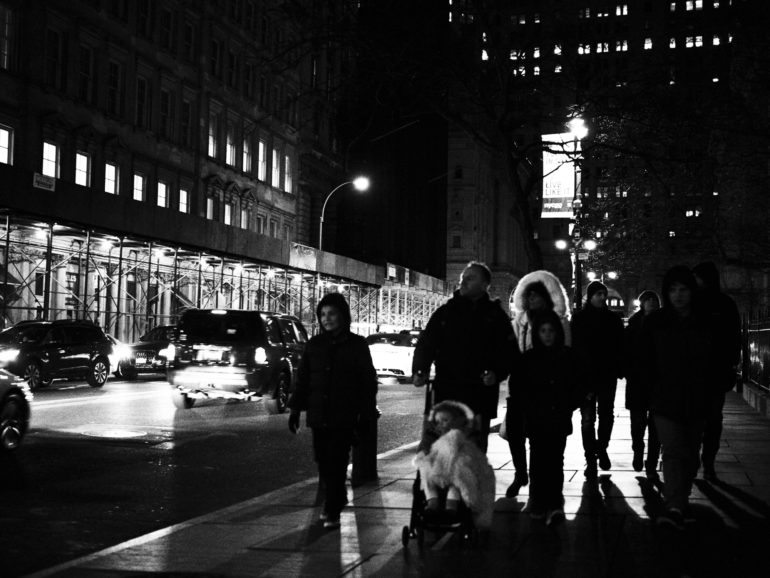


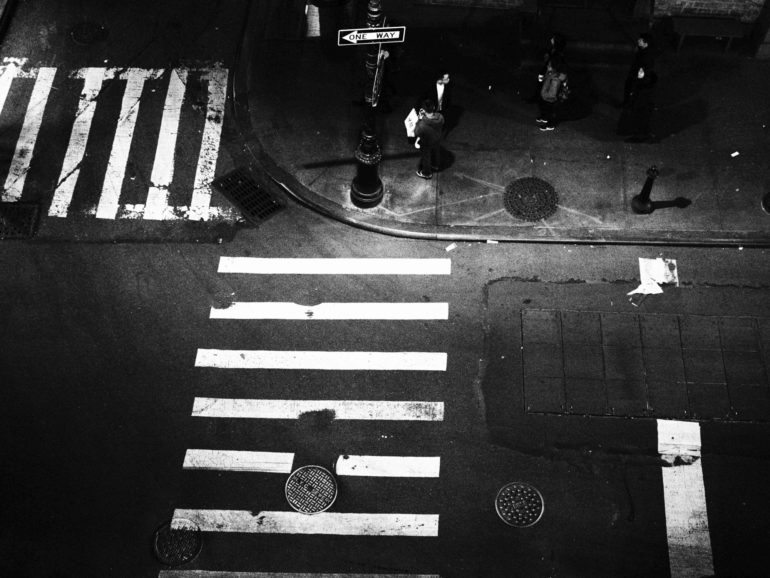

Conclusions
Likes
- Image quality overall
- Small size
- Durability
- Autofocus speed
Dislikes
- Honestly, not a major thing.
Since the company delivered the OMD EM5, I’ve been genuinely in love with Olympus. Have I had my qualms with them? Sure, and in some ways I still do. But like any camera company out there, they evolve. The Olympus 25mm f1.2 PRO is a fantastic lens well worth its weight in gold at $1,199. Would I buy it? No, I’ve got a Voigtlander 17.5mm f0.95 that I swear by. But lots of photographers are bound to be interested in this lens. It renders beautiful bokeh, sharp images that are best done with a flash, pretty good colors, has incredibly fast and accurate autofocus capabilities, and very durable weather sealing. Is it an expensive lens? Yes, but it’s more affordable than other 50mm f1.4 offerings out there.
Olympus has been trying to prove to photographers for many years now that the size of their sensors are good enough. In fact, a few of us vehemently argued this with a writer from the Verge back at Photokina until he finally caved and realized that he was wrong. The problem honestly has to do with the size, and people need to realize that it isn’t the size that matters but instead how you use it. The 25mm f1.2 is more than capable of doing everything that most photographers will demand. In fact, it could be the one lens that stays mated to your camera.
The Olympus 25mm f1.2 PRO receives our Editor’s choice award, and five out of five stars. Bravo, Olympus. Now go show the rest of the world that you can actually really work well in the hands of pros everywhere.


